I have a 3rd-party software (Pro-face Pro-Server EX) that is inserting records into a MS Access database (.accdb file extension, not a front end for a SQL database). The way the process is configured on the Pro-Server EX software side is that it sends the data over to the database as an insert only (there's no way to configure it to search for an existing record to perform an update). We have a customer that has a database with preexisting data (with an ID field that the primary key) where all he wants to do is to update the existing record based on the ID. I know of a method to do this in SQL where I would configure a trigger similar to the following:
SET ANSI_NULLS ON
SET QUOTED_IDENTIFIER ON
GO
CREATE TRIGGER [dbo].[update_table]
ON [dbo].[Table1]
INSTEAD OF INSERT
AS
DECLARE @seqno int
DECLARE @Data1 int
BEGIN
SET @seqno = (Select seqno from INSERTED)
SET @Data1 = (Select Data1 from INSERTED)
IF EXISTS (SELECT seqno FROM [dbo].[Table1] WHERE seqno = @seqno)
BEGIN
UPDATE [dbo].[Table1] SET seqno=@seqno,Data1=@Data1 WHERE seqno=@seqno
END
ELSE
BEGIN
INSERT INTO [dbo].[Table1] (seqno, Data1) VALUES (@seqno, @Data1)
END
END
However I do not have as much experience with MS Access querys and/or the triggers. When I attempt to copy this code into the SQL view of a MS Access query I get several errors, so it seems that this will not really an option for MS Access.
I have never used the triggers that are available in MS Access, but it appears that the closest one that can be used is the "Before Change", which is described as "Create Logic that runs before a record is saved to validate changes, and then decide to allow the new values, change the values, or show an error to stop the changes. Use the [IsInsert] property to determine if the event is an insert or an update." This description tells me that this trigger will only be tripped once the data is already written to the database, but not saved, so it really can't be used to determine if a matching ID already exists to perform an update, and if not, then perform an insert. Am I interpreting this correctly?
Is there a way to do what I am looking for in MS Access?
